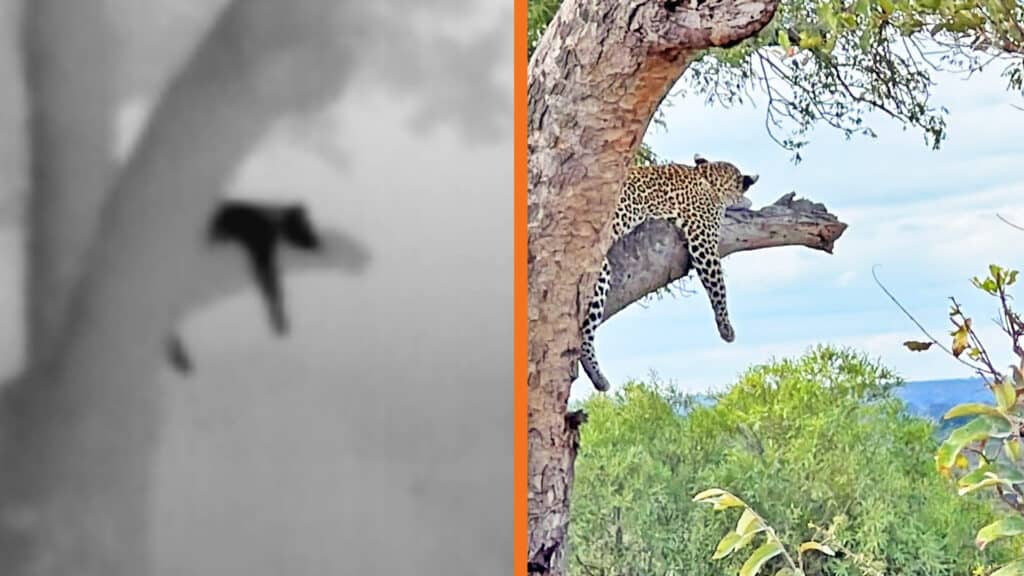
Here’s why a thermal camera is an excellent tool for your next safari. From how it works, to why it would help you spot more animals!
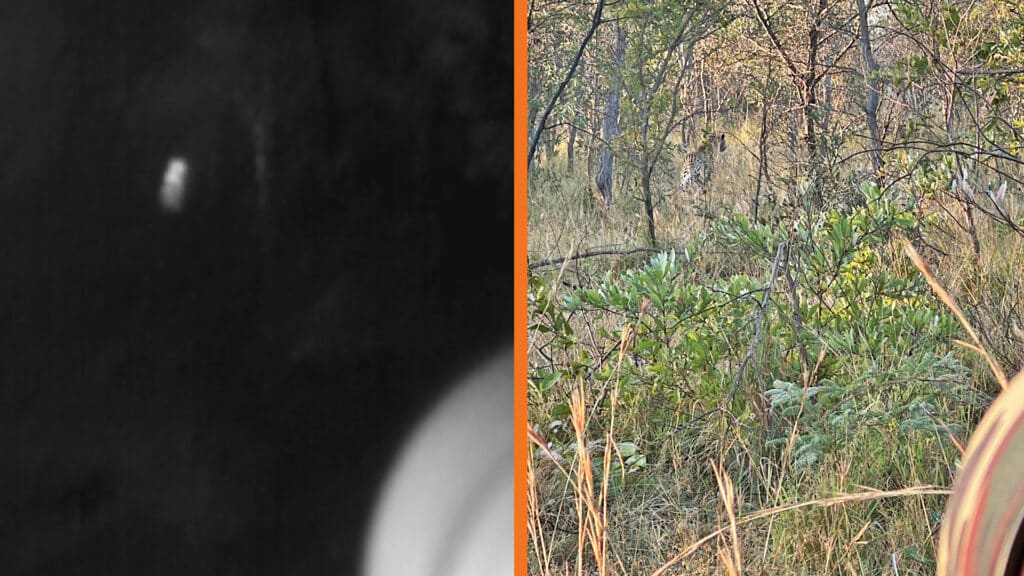
The Teslong Thermal Imaging Monocular was recently tested in a few big-5 safari parks and we are happy to share some of the incredible photos taken by this nifty and useful piece of equipment.
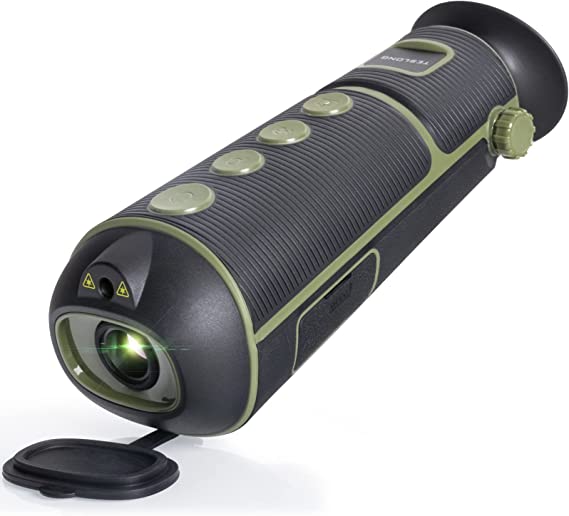
Teslong Thermal Imaging Monocular – South Africa & rest of the world
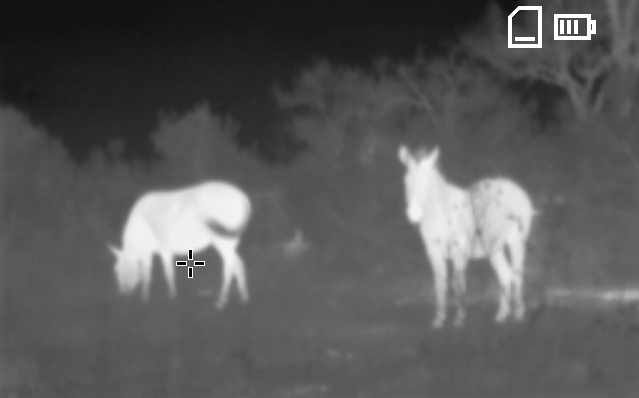
What is a thermal camera and what does it do?
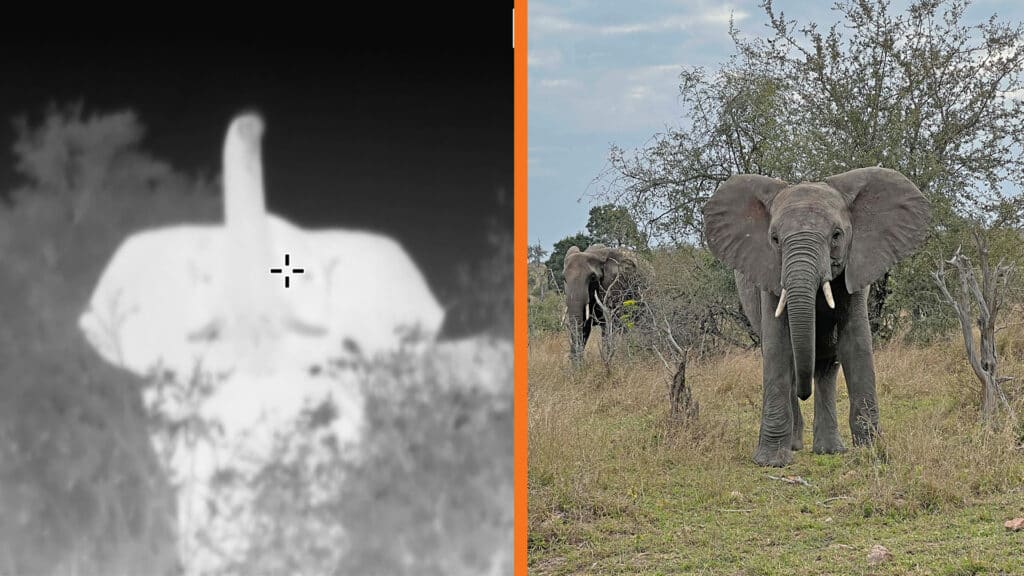
All objects emit infrared energy, which is referred to as a heat signature and represents the surface temperature of the object. The thermal camera is able to detect and measure this infrared energy. Subsequently, the infrared energy is then converted into an electronic image that we are able to see. This results in the animal standing out from its surroundings since they are hotter than the trees and leaves.
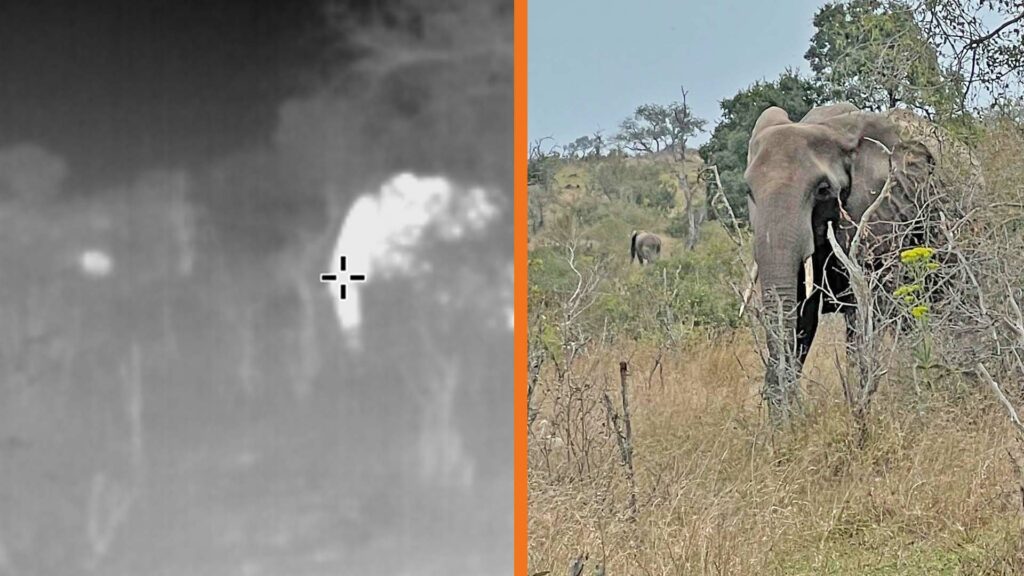
The 256×192 handheld infrared night vision telescope was absolutely amazing to use while on safari. It was a ton of fun playing around and testing the camera’s abilities, it certainly did not disappoint! The camera has one eyepiece or monocular that allows you to view the surroundings, much like the viewfinder on a DSLR camera.
Purchase your very own thermal camera to spot literally everything while on safari:
USA and Canada: Teslong Thermal Imaging Monocular
South Africa & rest of the world:
Teslong Thermal Imaging Monocular
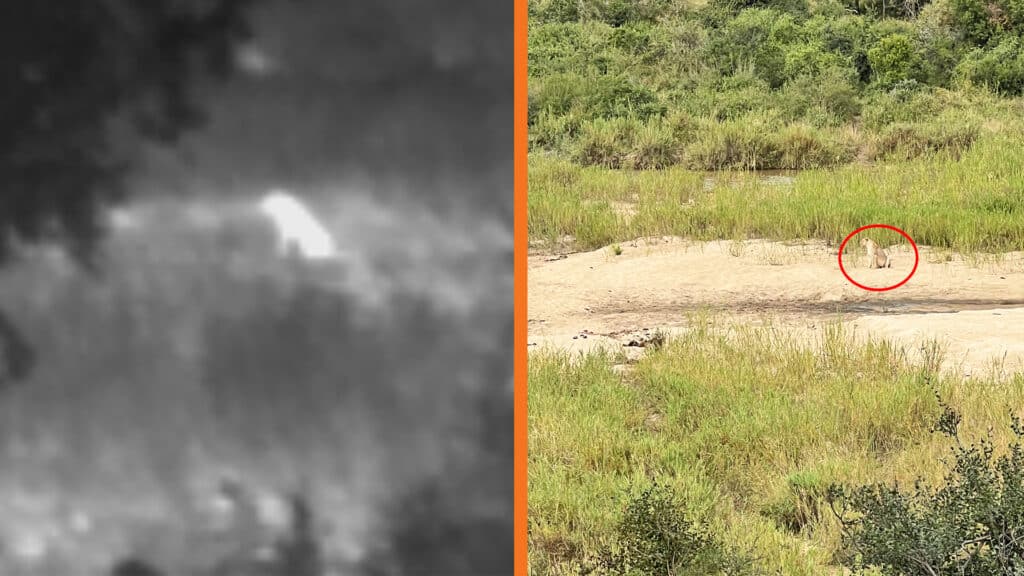
However, we would recommend connecting a small external screen to the thermal camera, using the included HDMI output, to make scanning easier. This also allows you to put the camera on a tripod along the river and everyone can enjoy spotting animals together. With the monocular, only the individual user can see.

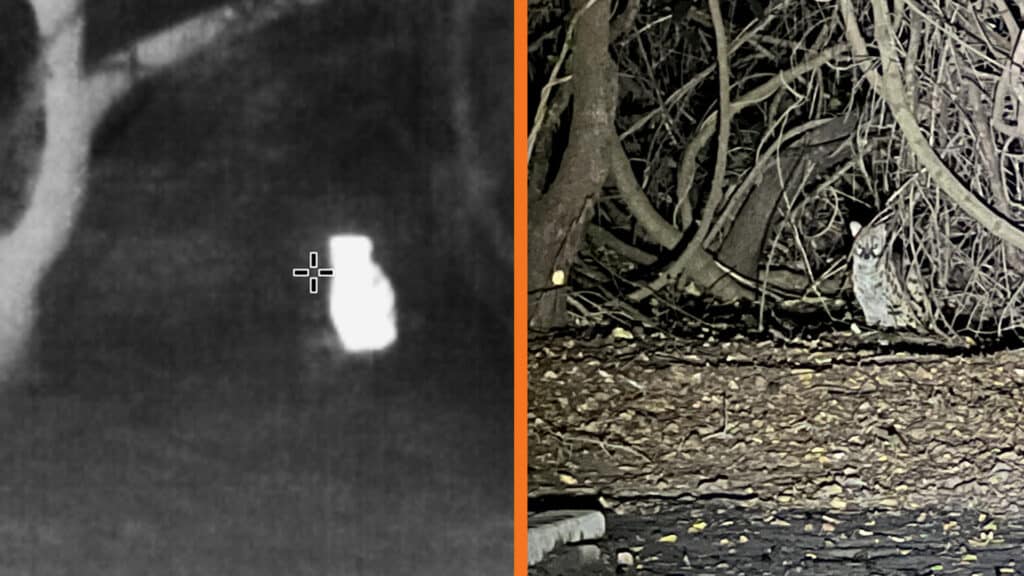
The thermal camera will definitely help you spot more wildlife while on safari!
The great thing about the camera is that in the evening and early morning before 8am, all the trees are black because they are still cold. If there is an animal in the bush, it would be white and stand out, making it really easy to spot.
During the day, you can still see animals from afar, however, they are not as clear because the surrounding environment starts becoming warm too, so there are a lot more hotspots to filter through.
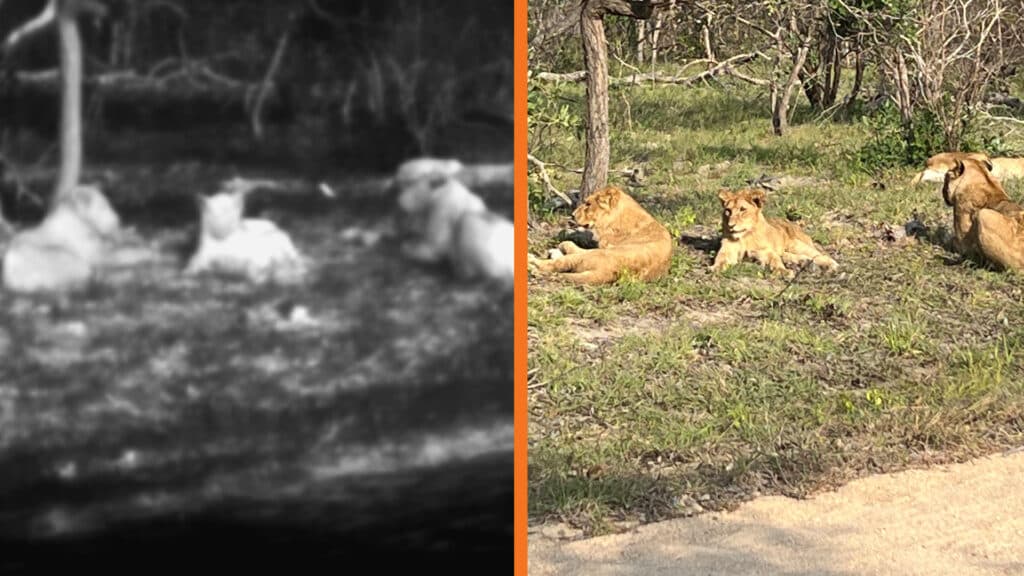
The detection ranges up to 914 meters (1000 yards) and the recognition distance up to 237 meters (260 yards). Additionally, the camera offers different color palette display modes including white hot, black hot, red hot, green hot, and iron oxide hot. This helps one identify objects more quickly and accurately.
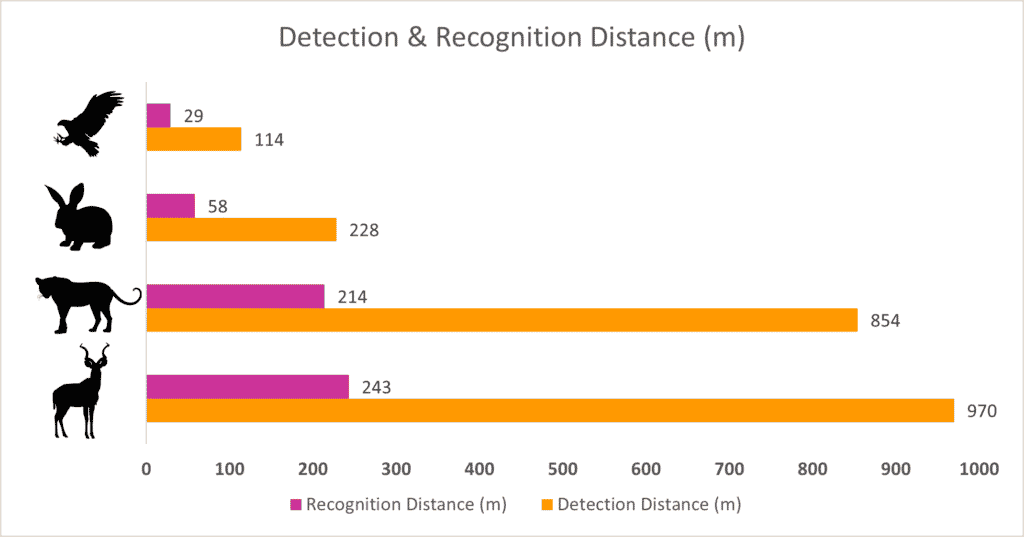
This water-resistant camera has a built-in SD card. This means you can save and transfer images directly from the camera. The rechargeable battery allows you to use the camera for days on end. One charge lasts +- 20 hours.
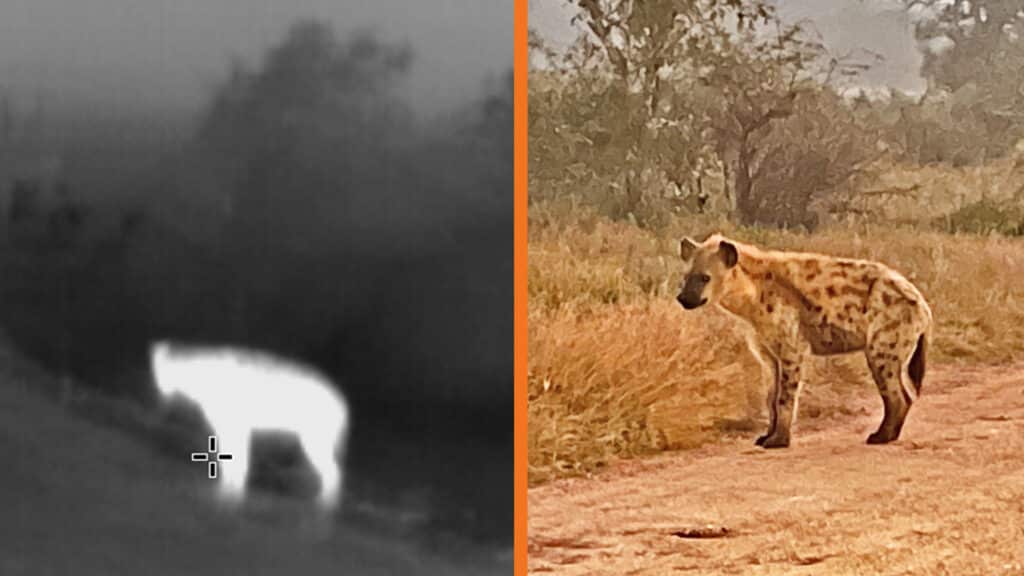
It is the type of camera that you want to use every chance you have! Day or night, it works brilliantly.
If you want to spot more animals on your early morning drives or night drives, we would definitely recommend this camera, especially if you are a wildlife enthusiast and always on the lookout for animals.
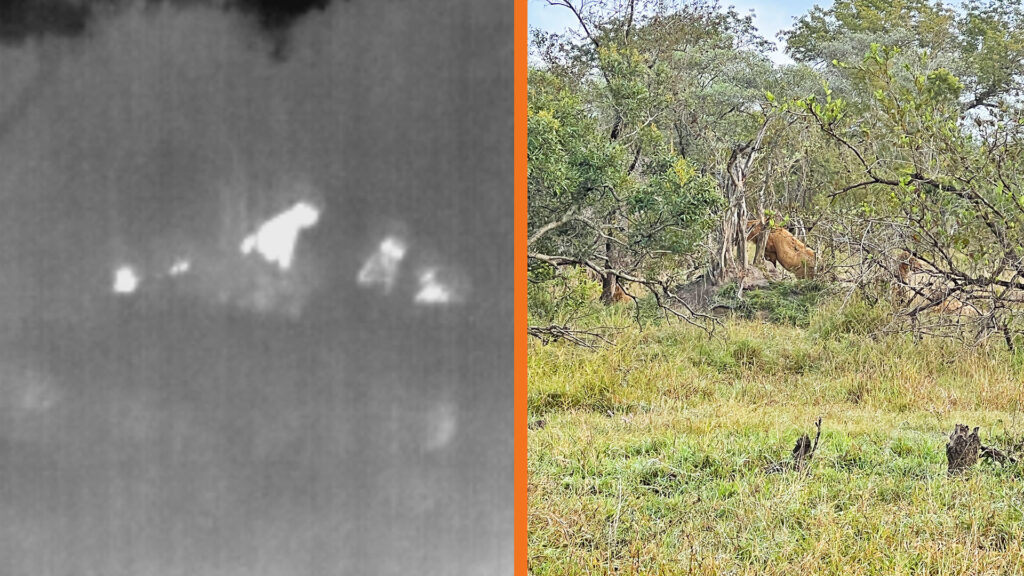
In conclusion, this camera will help you spot animals both near and far while on safari.
